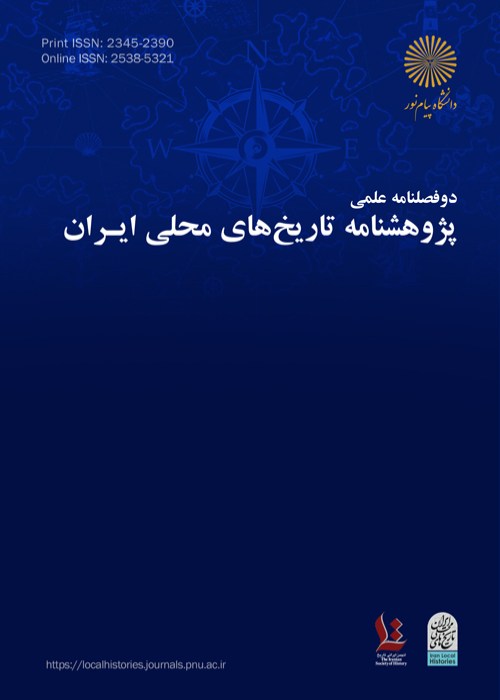An Overview of Transferring Corpses to Sacred Places and Its Consequences During the Qajar Era
Author(s):
Abstract:
This study is aimed at investigating the social, medical, public and personal hygiene evolution during Naserian era. According to the fact that hygiene is one of the most significant concerns, health inevitably depends upon public and personal hygiene and living conditions. One of the most notable social obstacles in Iran is transferring corpses to sacred places in Mesopotamia or Iraq during the Ottoman era, to Mashhad and graves of Imamzades during the Qajar era leading to outbreak of epidemic diseases. The establishment of the scientific and public healthcare centres, specially Dar ul-Funun, Iran-Ottoman borderline quarantine centers, Iran-GBR quarantine centers in south Iranian ports, novel medicine centers and the policy of prevention during the late Naserian era nearly reformed the public attitude.
Keywords:
Language:
Persian
Published:
Research Journal of Iran Local Histories, Volume:4 Issue: 8, 2016
Pages:
52 to 58
magiran.com/p1594831
دانلود و مطالعه متن این مقاله با یکی از روشهای زیر امکان پذیر است:
اشتراک شخصی
با عضویت و پرداخت آنلاین حق اشتراک یکساله به مبلغ 1,390,000ريال میتوانید 70 عنوان مطلب دانلود کنید!
اشتراک سازمانی
به کتابخانه دانشگاه یا محل کار خود پیشنهاد کنید تا اشتراک سازمانی این پایگاه را برای دسترسی نامحدود همه کاربران به متن مطالب تهیه نمایند!
توجه!
- حق عضویت دریافتی صرف حمایت از نشریات عضو و نگهداری، تکمیل و توسعه مگیران میشود.
- پرداخت حق اشتراک و دانلود مقالات اجازه بازنشر آن در سایر رسانههای چاپی و دیجیتال را به کاربر نمیدهد.
In order to view content subscription is required
Personal subscription
Subscribe magiran.com for 70 € euros via PayPal and download 70 articles during a year.
Organization subscription
Please contact us to subscribe your university or library for unlimited access!


